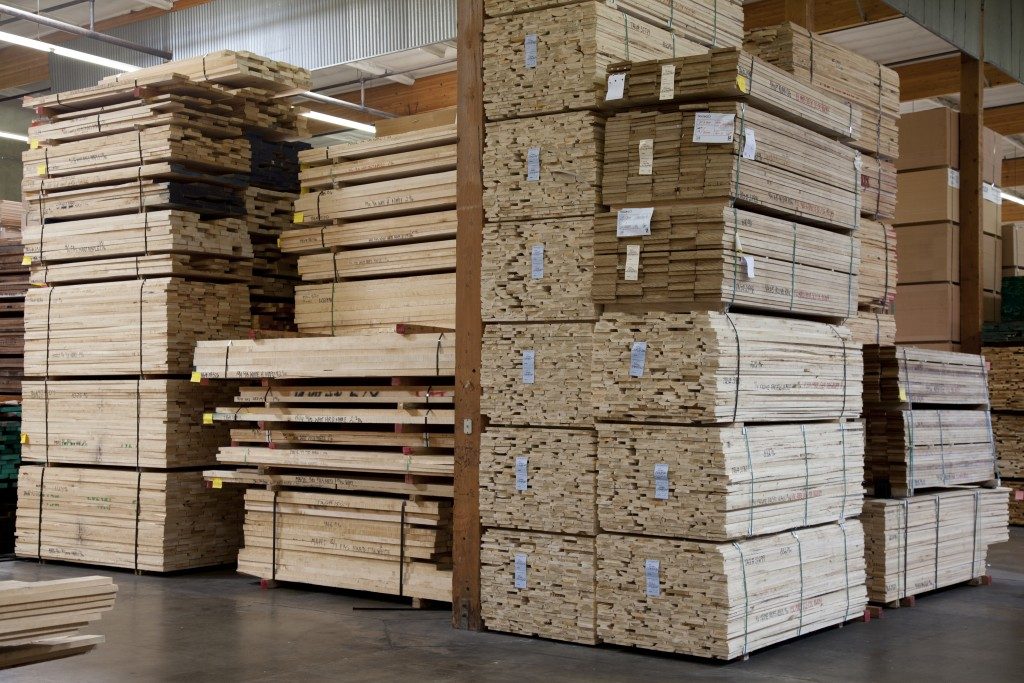Most property owners assume that marine-grade plywood is just for boat building. This type of plywood, however, makes the best choice for decking, garden furniture, porches, and planters. Marine-grade plywood, unlike other options, has waterproof glue, no voids, and its inside and face veneers are in top shape. The primary benefit of the waterproof glue is that it allows the plywood to remain dry when exposed to moisture.
Choosing marine plywood for your application can be challenging, though. This is because of the many types of marine-grade plywood available, including A-B, A-A, B-B, and medium and high-density overlay. Other than the grades, marine plywood is made from different tree species, which ultimately determine its specific look and characteristics.
The following are the common varieties of trees used for marine-grade plywood.
Douglas fir
Marine plywood made from Douglas fir is considerably heavy. The veneers of Douglas fir plywood are sealed with epoxy or fibreglass and sometimes both for extra protection. The best grade for plywood made of Douglas fir is the A-A. Both of the veneers of this plywood are clear, and this minimises their risk of ‘’checking’’ when used for outdoor furniture. This tree species is your best choice for the construction of strong furniture. It requires painting and other finishing techniques to boost its look.
Meranti
 This tree species is sourced from Southeast Asia. It is reasonably priced and easy to work with. Thick Meranti plywood panels measure at least 9mm while thin ones are about 4mm thick. The plywood panels are about 10% heavier and stronger compared to the Okoume plywood variety, which closely resembles them.
This tree species is sourced from Southeast Asia. It is reasonably priced and easy to work with. Thick Meranti plywood panels measure at least 9mm while thin ones are about 4mm thick. The plywood panels are about 10% heavier and stronger compared to the Okoume plywood variety, which closely resembles them.
Okoume
This species is grown in the Congo basin. Its trunks are straight and thick, making them perfect for peeling to make plywood veneers. The colour of Okoume ranges from an attractive reddish brown to blond and, therefore, does not require much finishing works. Though categorised as a hardwood, this tree is soft, light, and very flexible and comes in thickness varieties of 1.5-18mm. It is among the easiest marine plywood species to bend, making it ideal for the construction of furniture pieces that have intricate details.
Sapele
This is a tall, deciduous tree mostly grown in Cameroon. Its veneers have a lovely fudge-like ripple swirl that makes an exceptional design statement when varnished. Sapele is heavier and stronger compared to Okoume and is commonly used for large furniture pieces. Though expensive, marine plywood made from Sapele is worth its cost, thanks to its exceptional durability.
Before settling on the type of wood for your marine plywood, have a clear image of the look you want for your furniture pieces. You can then discuss this with your supplier to ensure that you get a wood species that complement it. Other than the wood species, your ply’s cutting method also affects your items’ appearance.
Rotary cutting results in a plywood surface with ‘contours’ like those seen on topographical maps. Quarter sawing, on the other hand, slices the wood to generate a ribbon-like look in which the tree rings look like parallel lines. With the right choice of wood species and cutting method, your marine plywood is sure to meet your desired look.

